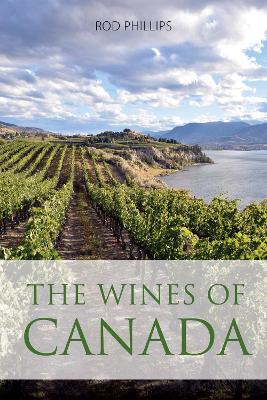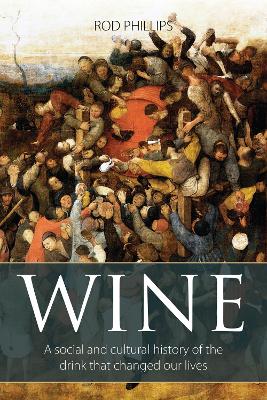The Classic Wine Library
2 total works
Here, Canadian wine expert Rod Phillips provides an overview of Canada's wine regions, their climate, soil, and other geographic conditions, and the grape varieties they grow most successfully. The wines of Canada discusses the key producers of each region (British Columbia, Ontario, Quebec and Atlantic Canada), and the styles of wine most characteristic of their production, as well as analysing vintage variation and noteworthy viticultural and winemaking techniques, such as burying vines to protect them from winter temperatures in some regions. The book concludes with useful practical appendices covering the distribution of grape varieties, annual production by region or province, wine consumption in Canada and vintage charts. The wines of Canada is the first comprehensive guide to one of the rising stars in the world of wine.
Wine departs from these approaches by organizing chapters by theme and by focusing much more on how wine has been positively and actively implicated in broad historical changes. It looks at the way wine has been used to demarcate social groups and genders, how wine has shaped facets of social life as diverse as medicine, religion, and military activity, how vineyards and wine cultures have transformed landscapes, and how successive innovations in wine packaging - from amphoras to barrels to bottles - have affected and been affected by commerce and consumption.
Wine neither sees the history of wine as the passive result of historical forces nor sees wine as a prime agent of historical change. Rather, it views wine as a critical actor in key trends in the histories of society, culture, and the environment. Each chapter takes a single theme and the material within each is organized chronologically. The book is formed of chapters that together provide a compact and theme-specific history of wine in its own right, enabling readers to consume chapters as self-contained units, rather than as parts of a longer narrative whole. This is an ideal reference resource for wine lovers and historians alike.
